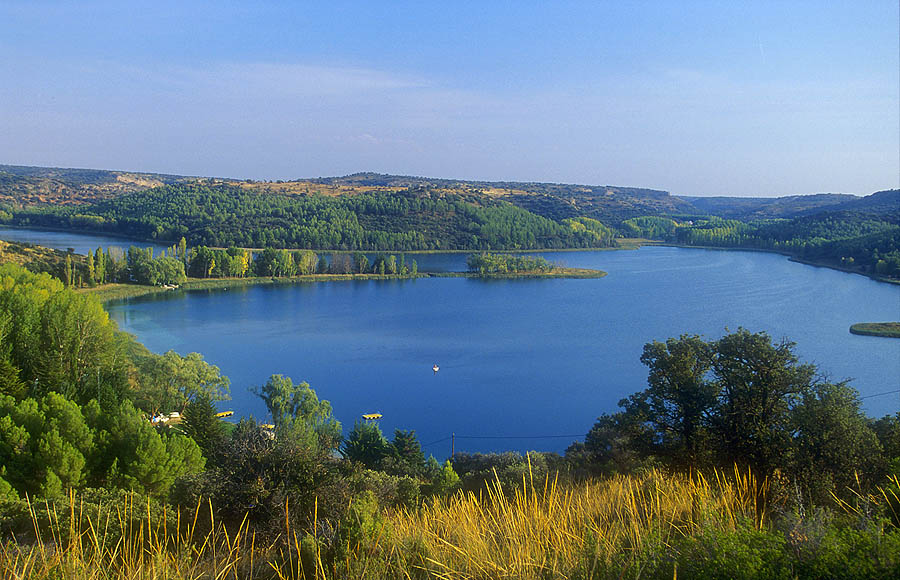 Spain is definitely the place to go in Europe, if you want to try something different like virgin waters and the chance to catch little known but big barbel. Naturally, the Iberian species have been caught by the Spaniards themselves, but they don’t seem very interested in going into detailed studies of the various species, and therefore much is undocumented, and many of the stories about huge barbel widely thought to be exaggerations. Let me tell you, that exaggerating is not necessary…
Spain is definitely the place to go in Europe, if you want to try something different like virgin waters and the chance to catch little known but big barbel. Naturally, the Iberian species have been caught by the Spaniards themselves, but they don’t seem very interested in going into detailed studies of the various species, and therefore much is undocumented, and many of the stories about huge barbel widely thought to be exaggerations. Let me tell you, that exaggerating is not necessary…
The first time I saw a photo of a huge Spanish barbel in Blinker magazine I really thought it was a trick photo. Later Blinker ran an article by Arnout Terlouw, who caught these monstrous Iberian barbel, so fortunately it was all true – they do reach at least 40 lbs.
Iberian barbel species
There is quite a number of different barbel species in Spain, and a healthy number of them have a big growth potential – meaning well above 20 lbs. The only relatively well-known big Spanish barbel is the comizo (Barbus comizo) – probably because it's the biggest of them all. The other big barbel are much less known, even less documented, photographed or written about.
The distribution of the comizo is from the river mouths at the Atlantic in Portugal to about the middle of the state of Castilla la Mancha. From here and eastward, and with very little overlap, the Valencian barbel (Barbus guiraonis) is dominating the rivers and lakes. The Valencian barbel has almost as great a growth potential as the comizo, and Peter Staggs has managed to catch a beautiful and rare specimen of 24 lbs. I have only caught a small one myself in Peter’s company, but make no mistake; I will be back for more.
In the same waters, where the comizo live, you can also be lucky to catch both the common Iberian barbel (Barbus bocagei) and the smallhead barbel (Barbus microcephalus). Both species grow to well over 25 lbs, and are just as fun to pursue, fight and catch. Peter has caught them both, and even some heavy specimens.
 In most parts of Spain and Portugal you can find a series of smaller barbel species. The best known of them is the Mediterranean barbel (Barbus meridionalis), which can also be found in southern France. Other small species like Graell's barbel (Barbus graellsii) and the Haasi barbel (Messinobarbus Haasi) are often mistaken for the Mediterranean barbel. These three species overlap only in the far north-eastern corner of Spain, and in the Ebro system you will find only Graell's barbel.
In most parts of Spain and Portugal you can find a series of smaller barbel species. The best known of them is the Mediterranean barbel (Barbus meridionalis), which can also be found in southern France. Other small species like Graell's barbel (Barbus graellsii) and the Haasi barbel (Messinobarbus Haasi) are often mistaken for the Mediterranean barbel. These three species overlap only in the far north-eastern corner of Spain, and in the Ebro system you will find only Graell's barbel.
The Andalusian barbel (Barbus sclateri) is pretty much limited to southern Spain and the state of Andalusia, south of the Sierra Morena mountain range. They can be found in just about any river or stream there, and in several of the lakes, where they have been either introduced, or trapped when the rivers were dammed.
In this article, I will concentrate on two of the species, the comizo and the Andalusian barbel. Basically, because I have more experience with them, but also because the tactics and baits for these two barbel species will cover the other species pretty well.
COMIZO BARBEL (Luciobarbus comizo)
The comizo is a big barbel, similar in many ways to the common barbel, but having a longer snout, which makes it look a little like a pike. Locally it is also known as “pike-barbel” – not far off in more than one way, when you know about its feeding habits, of which I will tell more.
Comizo barbel are quite common in the huge rivers Guadiana and Tajo, but that doesn’t mean they are easily located or caught – especially the big ones - this I have learned, myself, from many trips with my great friend, Peter Staggs, in Spain.
In clear water, we have had most success with big fish at night and early morning - even when we have seen big comizo in the daytime, we had no chance to get near them. Daytime fishing is difficult because the comizo is shy, and not due to the warm weather. It is a general mistake to assume, that these barbel will go off feeding during the heat of the daytime hours; in Spain the fish are well used to it, and it doesn’t seem to have the effect it does in our part of Europe.
 The advantage of clear water is, naturally, that you have a chance to see the fish, the bottom landscape, and where there may be logical feeding areas and snags. In big waters with slow or no current, the comizo tend to have very systematic patrol routes, and once these are found, you can be pretty sure a comizo will be around during the course of a day. In clear, weedy waters you can locate the patrol routes by finding areas, which the comizo deliberately keep free of plants - these are obvious and very visible feeding areas. In running water, the comizo is as fond of water plants as the common barbel, where they have cover, and where they seek food.
The advantage of clear water is, naturally, that you have a chance to see the fish, the bottom landscape, and where there may be logical feeding areas and snags. In big waters with slow or no current, the comizo tend to have very systematic patrol routes, and once these are found, you can be pretty sure a comizo will be around during the course of a day. In clear, weedy waters you can locate the patrol routes by finding areas, which the comizo deliberately keep free of plants - these are obvious and very visible feeding areas. In running water, the comizo is as fond of water plants as the common barbel, where they have cover, and where they seek food.
In murky water the advantage is that the comizo is less shy, and doesn’t hesitate to show itself in the surface. Daytime fishing in murky waters is quite feasible, by using the common barbel location techniques and by sight.
There is one occasion, when the whole “location picture” turns upside-down, and that’s when there is very little natural food to be found on the bottom. Then the comizo aggressively hunts smaller fish, so the comizo is to be located and caught as you would a pike. When the comizo hunts prey in the surface, or when it’s playful in murky water, it makes a telltale “swish”-like sound, which is very different from any other fish I have encountered. It is also identifiable by its dorsal fin, which is triangular and relatively small.
Comizo tactics & baits
Targeting the big comizo, we almost always use carp style tackle and techniques, and most often we fish both the near bank and at quite long distances to get to where the comizo have their patrol routes. This usually means placing the baits by boat. Precision baiting is vital when fishing for comizo in weedy waters, because the weeds can reach more than 3 feet in length, and any bait in that is as good as no bait at all. The comizo search their cleared spots for crayfish and other food, and rarely stray from their usual routes.
Long distance fishing demands good teamwork, where one angler rows out the baits and another makes sure to keep the lines tight. The lead must be fairly heavy, so the bait doesn’t get dragged away from the intended fishing area and into the weeds.
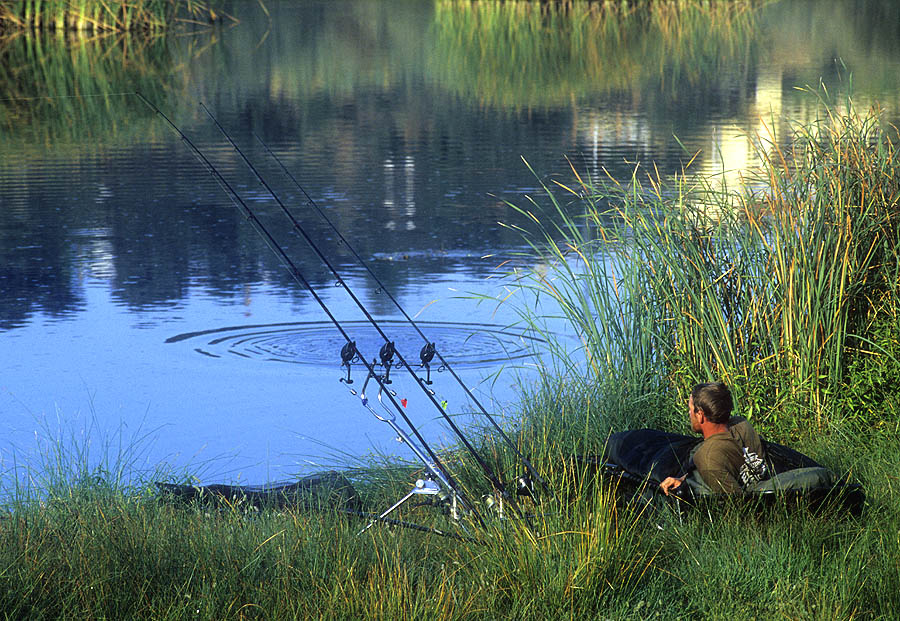 Strong rods, strong reels, strong lines and strong hooks are essential to have any chance of landing a big comizo. We always use strong braided lines because the comizo does not hesitate once it is hooked, and finds whatever weeds or snags in area to hide in. The comizo actually make tunnels in the weeds, and needless to say, they use them for escape any chance they get, and then a mono line is not very good news.
Strong rods, strong reels, strong lines and strong hooks are essential to have any chance of landing a big comizo. We always use strong braided lines because the comizo does not hesitate once it is hooked, and finds whatever weeds or snags in area to hide in. The comizo actually make tunnels in the weeds, and needless to say, they use them for escape any chance they get, and then a mono line is not very good news.
The comizo are supremely strong and hard fighting, which adds to the joy and terror of catching them. It has happened several times that they have taken the rod right out of the rodpod even when fishing at distances of 100+ yards.
I can only emphasize that strong tackle and strong rigs are crucial, as well as strong and sharp hooks. The big comizo are not easily found and lured to take the bait, so every detail counts if you don’t want to lose the rare opportunity of a comizo hit.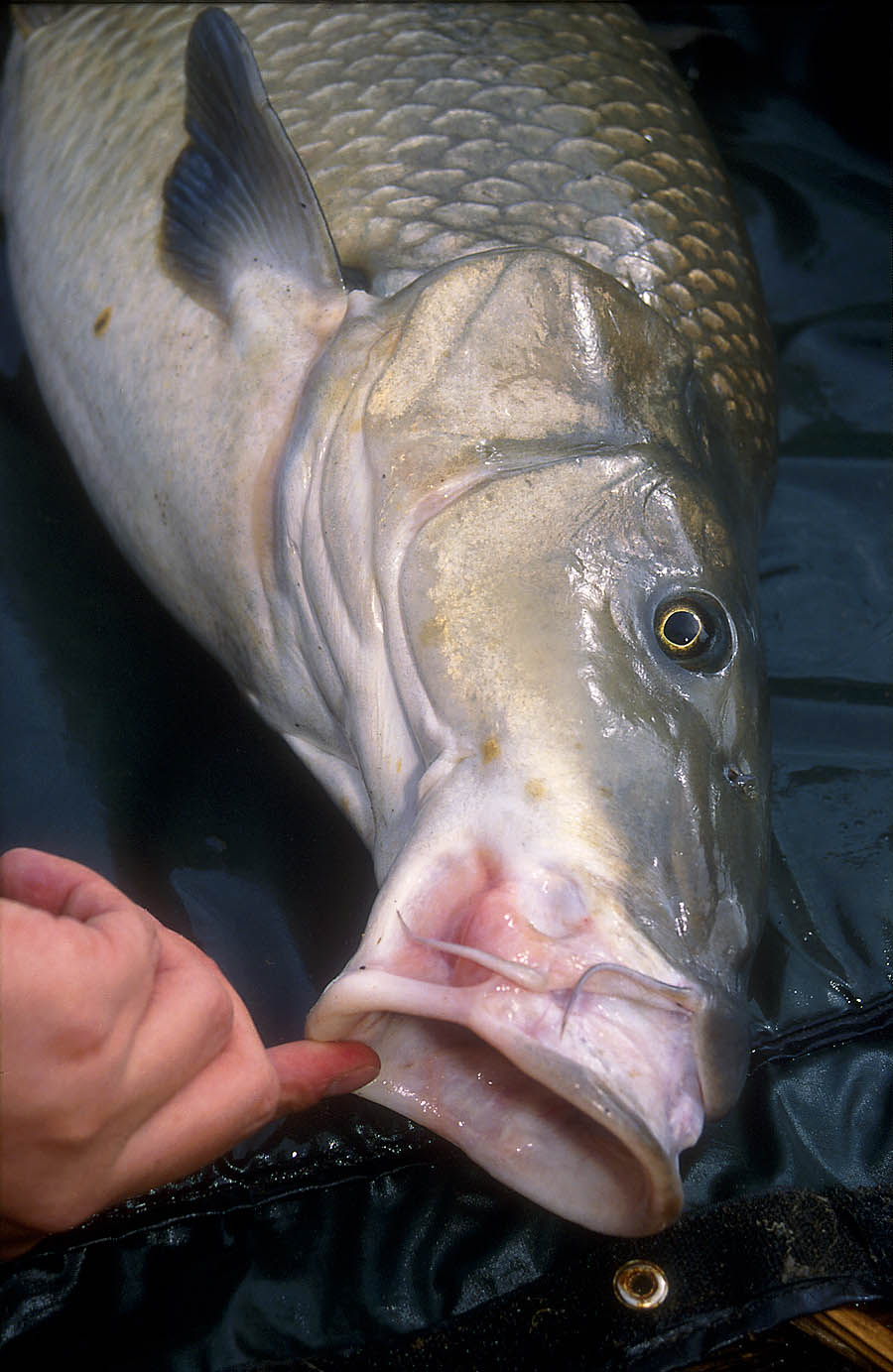
If you are looking for good tackle, look no further than Drennan, Nash and Fox for rods, lines and end-rigs, and Shimano for reels. These tackle producers make gear in high quality, which I have been able to trust on my many trips abroad, fishing for the strangest big and strong fish.
The big comizos have almost all been caught on rock-hard boilies. The reason we use hard boilies is because of the extreme amount of crayfish, where we usually fish. One year there were so many crayfish, that they were literally crawling around on dry land, so imagine what it will look like around our baits. Of course, there is no rule without exceptions, and on one trip my friend Kenth made some nice, but soft, boilies at the waterside. They were truly good boilies, but as they were soft, only he used them – I didn’t want to take any chances and used the proven hard baits. As it had to happen, Kenth was the only one to catch a comizo on that trip. Crayfish flavour is my preference for obvious reasons, but we have had good results on other flavours, for example Mistral’s Remedy.
Another good bait for the comizo is maize – especially the triple rig, where two strings are baited normally, and the last string is fitted with foam to make it buoyant. This is a true “killer”, also for carp.
We almost always boost our baits – both wet- and dry boost. I use either the boost that comes with the bait, or simply liver extract, which works well with both boilies and particle baits. After leaving the hook bait in soak for a while, I dry boost it in either crayfish powder or other attractors – making sure both bait and rig is totally covered - and let it harden for a while, preferably in the sun.
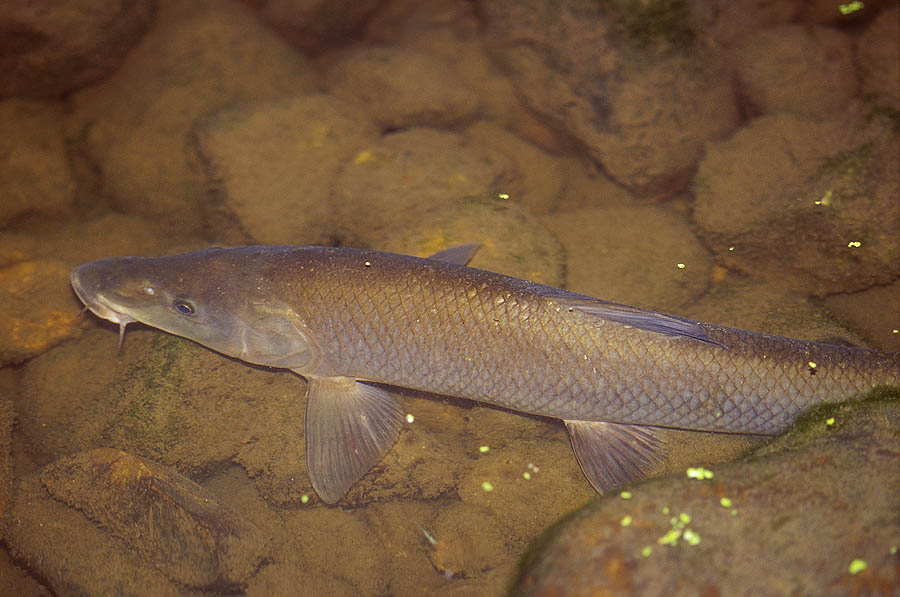 The small comizo are quite easily caught on sweetcorn, maggots and casters. The match anglers in the area use these baits and catch many small comizo, but it happens at almost every match that one or more anglers get spooled by either big comizo or big carp.
The small comizo are quite easily caught on sweetcorn, maggots and casters. The match anglers in the area use these baits and catch many small comizo, but it happens at almost every match that one or more anglers get spooled by either big comizo or big carp.
As mentioned previously, it happens that the normal food for the comizo is hard to find, for example the years when the crayfish are few, then the comizo changes its feeding habits and is very hard to catch on standard bottom baits. Under these conditions the best bait is whatever small fish found in the area. A local angler, José-Luis, has caught well on live-baited rudd – rigging the rudd precisely as you would for pike.
The local anglers in Extremadura have also caught whopping great big comizo on both spoon and fly – several between 30 and 40 lbs!
ANDALUSIAN BARBEL (Luciobarbus sclateri)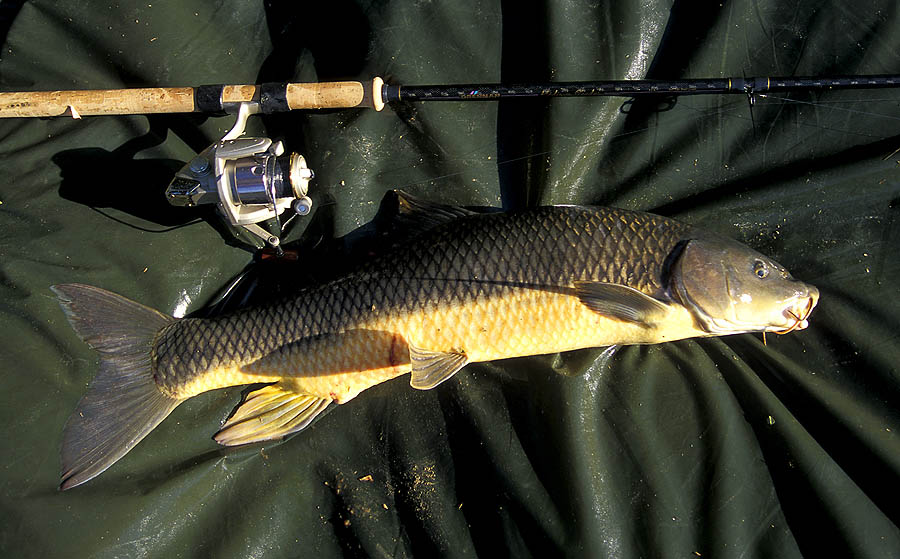
As mentioned previously, the Andalusian barbel can be found in almost all of the rivers in Andalusia; and they are usually prolific there. Their average weight in the rivers is remarkably less than in the lakes, so eyeball location is a necessity if you are trying to target big fish.
Andalusian barbel baits & tactics
Fishing the lakes for this barbel is not a venture to embark lightly. Small lakes are, naturally, easier to overcome, and we have had good results with even big fish there, but the big lakes can be quite difficult. Often the barbel can be targeted as you would carp, but the obvious drawback is that big carp shoals just sweep up all the bait, making the odds of catching a barbel near zero. Peter has told me, that when they get barbel on the big lakes, the barbel are often the first to take the bait, and after that no more are caught.
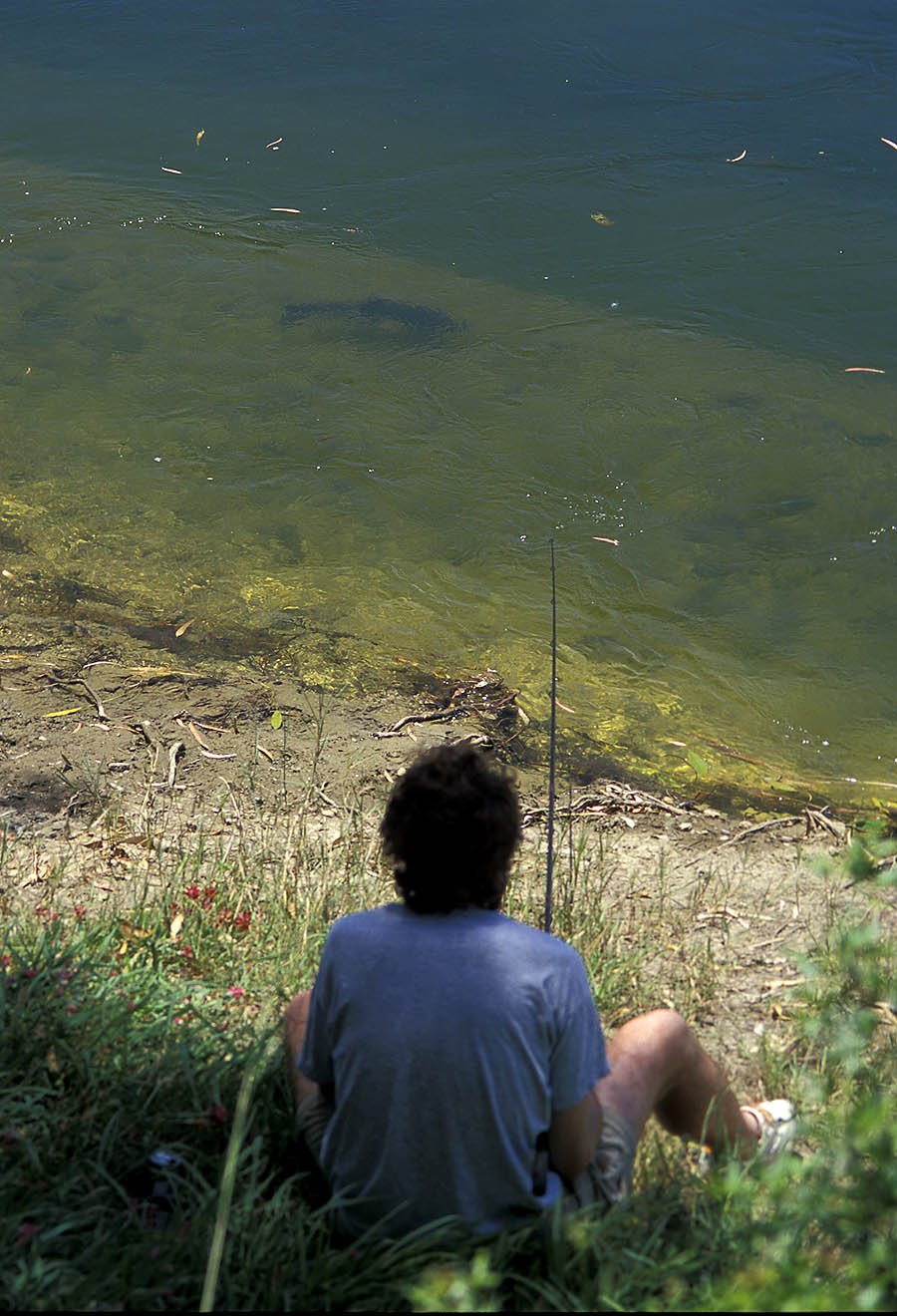 Dawn is a good time to find the barbel in the margins, where they can be approached with the utmost stealth.
Dawn is a good time to find the barbel in the margins, where they can be approached with the utmost stealth.
They are fairly predictable when it comes to location in rivers. I would say that they behave much like the common barbel; they like hiding under weed and snags, and they rarely move from their swims unless the water level changes dramatically.
The Andalusian barbel is not much different from other cyprinids; in as much as they will take just about any natural bait presented to them, the right way, at the right time. They do, however, wise up pretty fast.
We have used normal boilies in the lakes, and they take them with good confidence. Where we have fished for them with boilies, we seriously had to take into consideration the bottom conditions, as they speed off at great speed, as soon as they are hooked, and they charge straight into snags.
When fishing carp-style with boilies you don't always have the opportunity to strike instantly and keep the fish from reaching the snags, so it's advisable to stay very near the rods and use strong lines, short rig links, and strong hooks. The Andalusian barbel doesn't seem to mind strong braided lines as hook-lengths.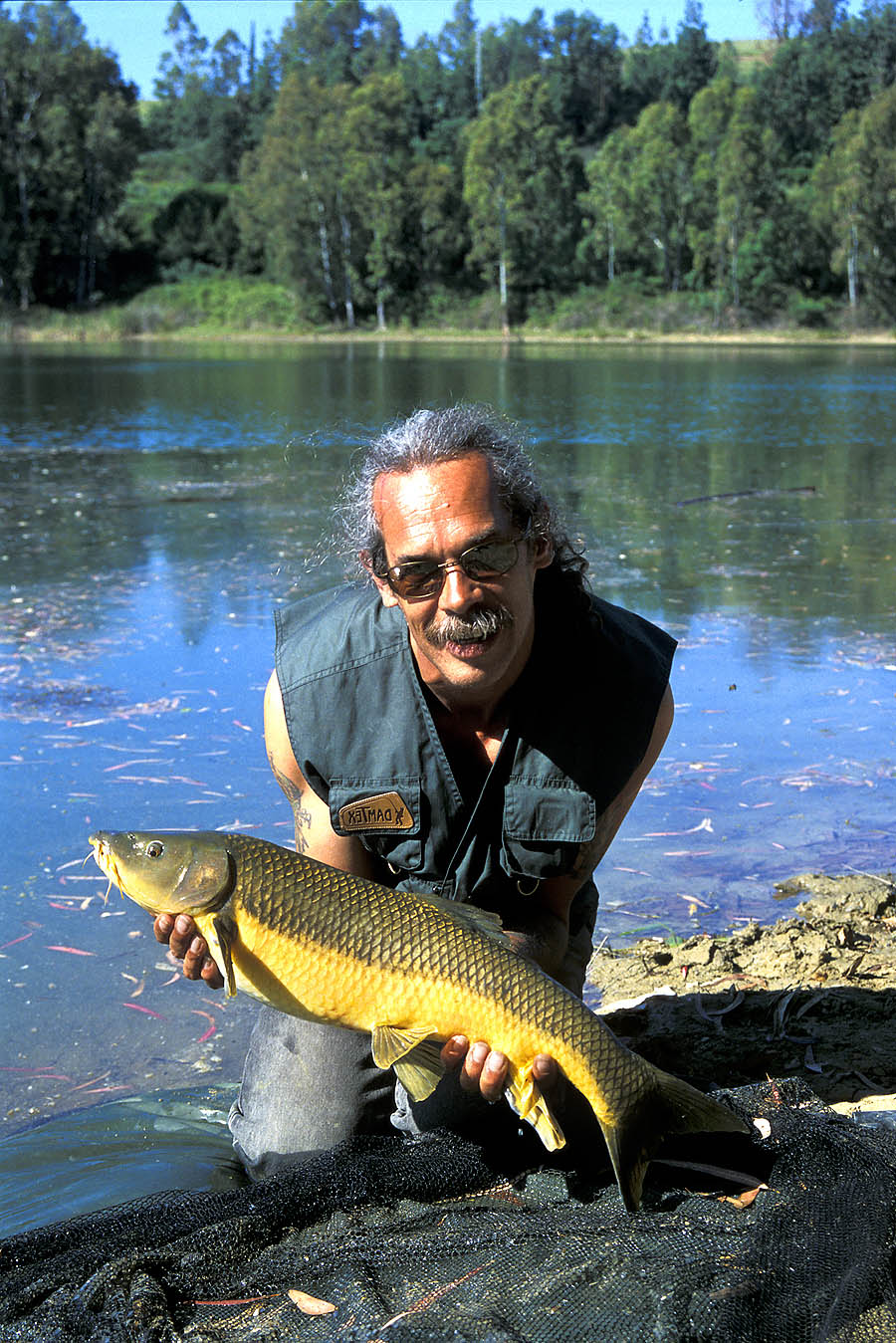
Sweetcorn works splendidly for a limited period of time - the limiting factor obviously being the size of the swim and how much the swim is fished. When the fish have wised up on the sweetcorn, we have had real good success with pellets or mini-boilies (mini-boilies: Beanies, Dumbells, Specialist Pellets, Pinn-Ups…). We use two pellets or split a mini-boilie and superglue them on a hair. A good side effect of using pellets is that the terrapins have a tough time locating the bait. At first, I kind of liked the idea of catching/seeing a terrapin, but that soon changed … they fart, shit, hiss, spit and bite for all they're worth, so it makes sense to keep these little terrorists at distance.
In rapid, shallow water very good baits are bread, caddis and crayfish. The water in the shallow rapids is almost always clear, so a careful approach is a "must", along with consistent loose feeding to build up their confidence. If you can’t find caddis, then maggots are a good substitute. A take in the shallow rapids is nearly always a heart stopping experience.
We fish particle baits and bread both free-lining, touch-ledgering and with quivertip. For this fishing, I recommend using fluo-carbon or supple abrasion resistant braided line.
I have great confidence, and I have had good results using Drennan's new ESP series Raptor Stiff Rigger hooks, which are both strong and sharp.
Generally, I make sure to use good quality and powerful tackle for all barbel species, but it is even more necessary with these hot-blooded Iberian species. Besides the pleasure of landing one of these beauties, I emphasize this in respect of the fish, so that not too many of them swim around with hooks and lines in their mouths.